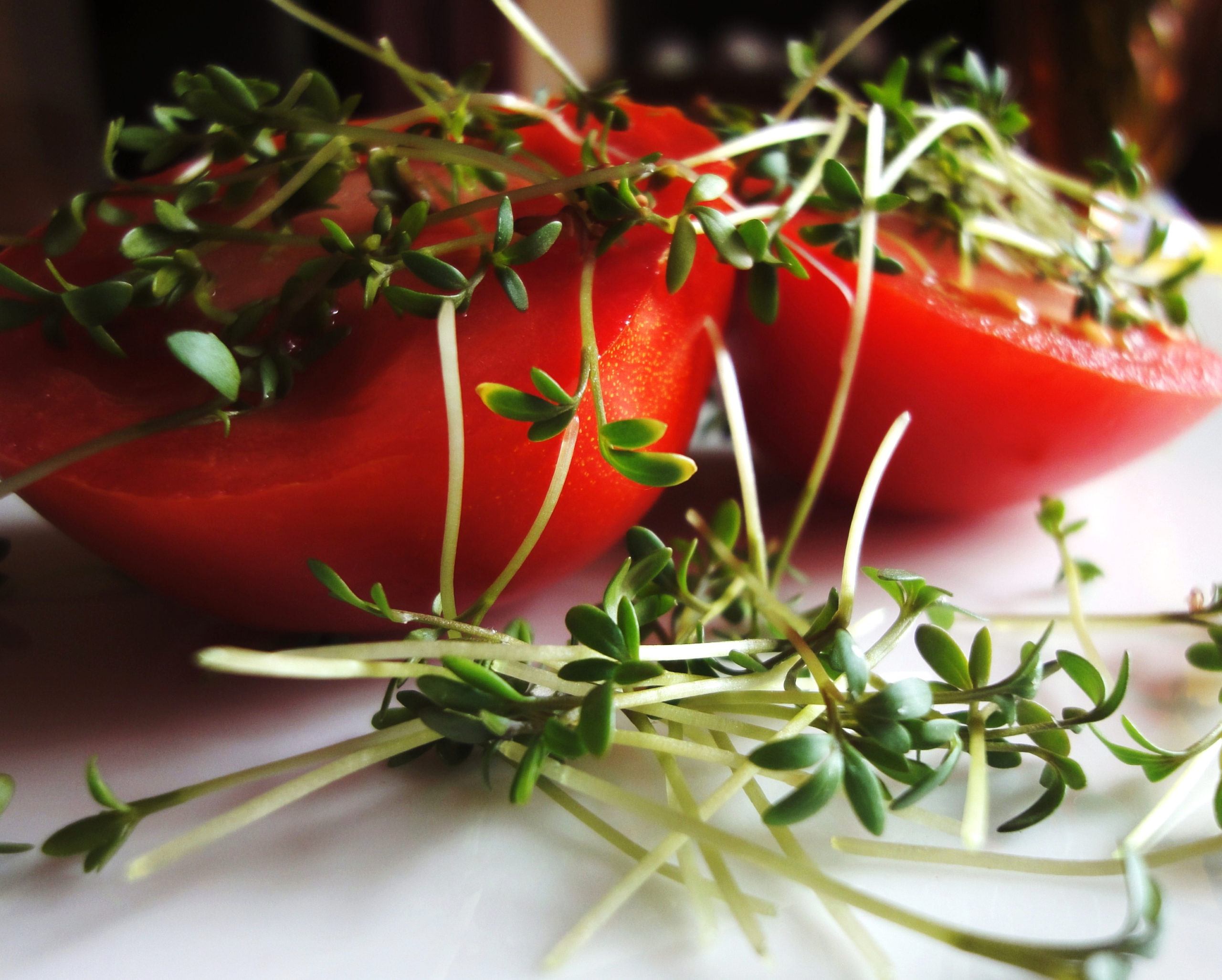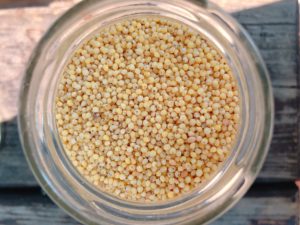My Lockdown Experiment: Sprouting Millet

The scientific explanation of what’s going to happen is: Sprouting is the natural process by which seeds or spores germinate and put out shoots, and already established plants produce new leaves or buds or other newly developing parts experience further growth. So far, so good.

I’ve been in the sprouting game before with a professional sprouting jar, seeds specially for this purpose and yet I failed miserably. Honsestly, sprouting is neither difficult nor complicated. However, it does require a few determined actions to be repeated at the right time. And that’s where the trouble started for me in the past. Now, that I’m in lockdown in the comfort of my own home and have literally nothing else to do, I gave it another go. Be surprised or not, this time, I didn’t fail!

Here are a few basics to get YOU started as well:
What can you sprout?
- Seeds such as sunflower, pumpkin, and flax seeds.
- Grains: alfalfa, clover, corn, whole-grain wheat, barley, rye, millet, rice, and oats
- Legumes: commonly used are mung beans, lentils and peas
- Nuts: peanuts, almonds.

What do you need for sprouting?
- A sprouter! You can buy one here or make your own:
- Find a decent sized glass jar, preferably with a lid.
- Drill small holes in the lid – 3mm is fine or punch them with a hammer and nail. If you prefer, you can dispense with the lid altogether and simply drain the water off through your fingers.
- One or more of the above mentioned seeds, grains, legumes or nuts.
- Fresh tap water
- A shady and not to warm place in your house
- Patience
That’s it!
How to grow your own sprouts
1. Put some seeds in the bottom of the jar and cover with water to soak for twelve hours. You can start with one type of seed or mix several. Feel free to mix with varieties. When choosing your jar or sprouter, keep in mind that seeds will expand a lot as they grow. Half to one inch (1cm – 2cm) of dried seeds will usually fill a jar. It varies between seeds – radish expand more than sunflowers, for example – you’ll learn quickly.
2. After twelve hours, give the seeds a good rinse under running water until the water stays clear. rinse the seeds in water. Try to make sure to use water at an ideal temperature – not too cold and not too hot. Then drain the water out of the holes in the lid, leaving the seeds damp but not swimming in water.
3. Repeat the rinsing process at least once every 12 hours until the sprouts are ready – usually about 2 to 4 days.
4. Eat the sprouts straight away. They will keep in the fridge for several days. However, I’m cautious when it comes to sprouts, so I always use them in salads, sandwiches or whatever else on the same day.

Recent Comments